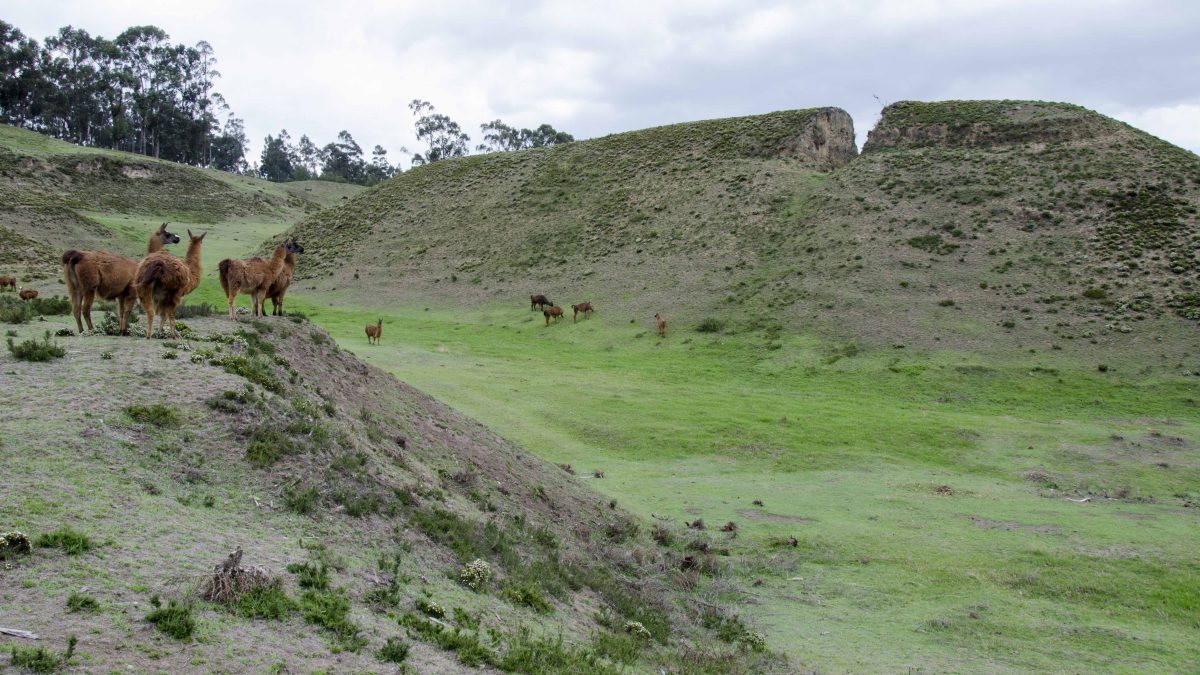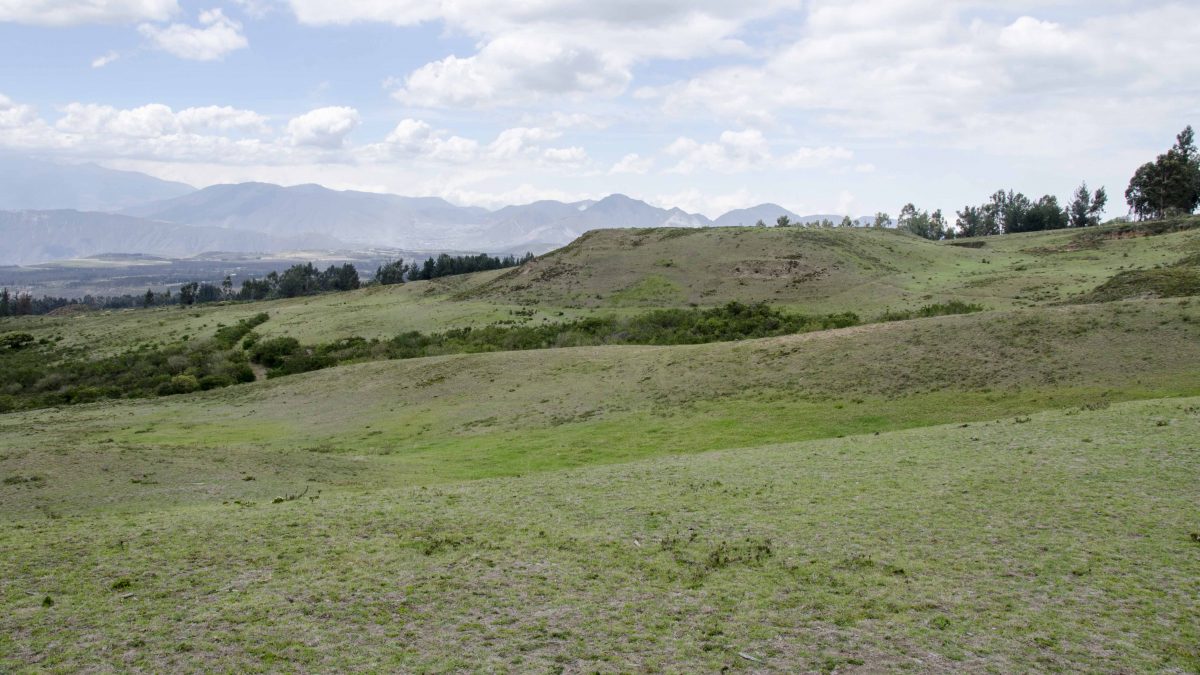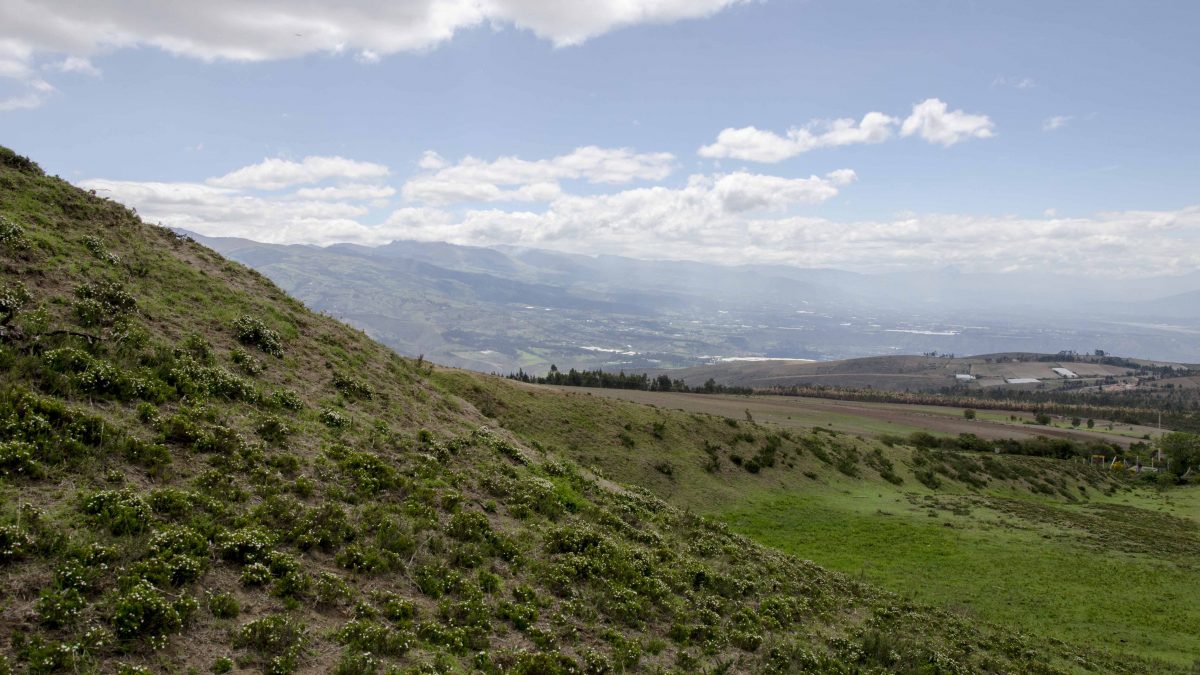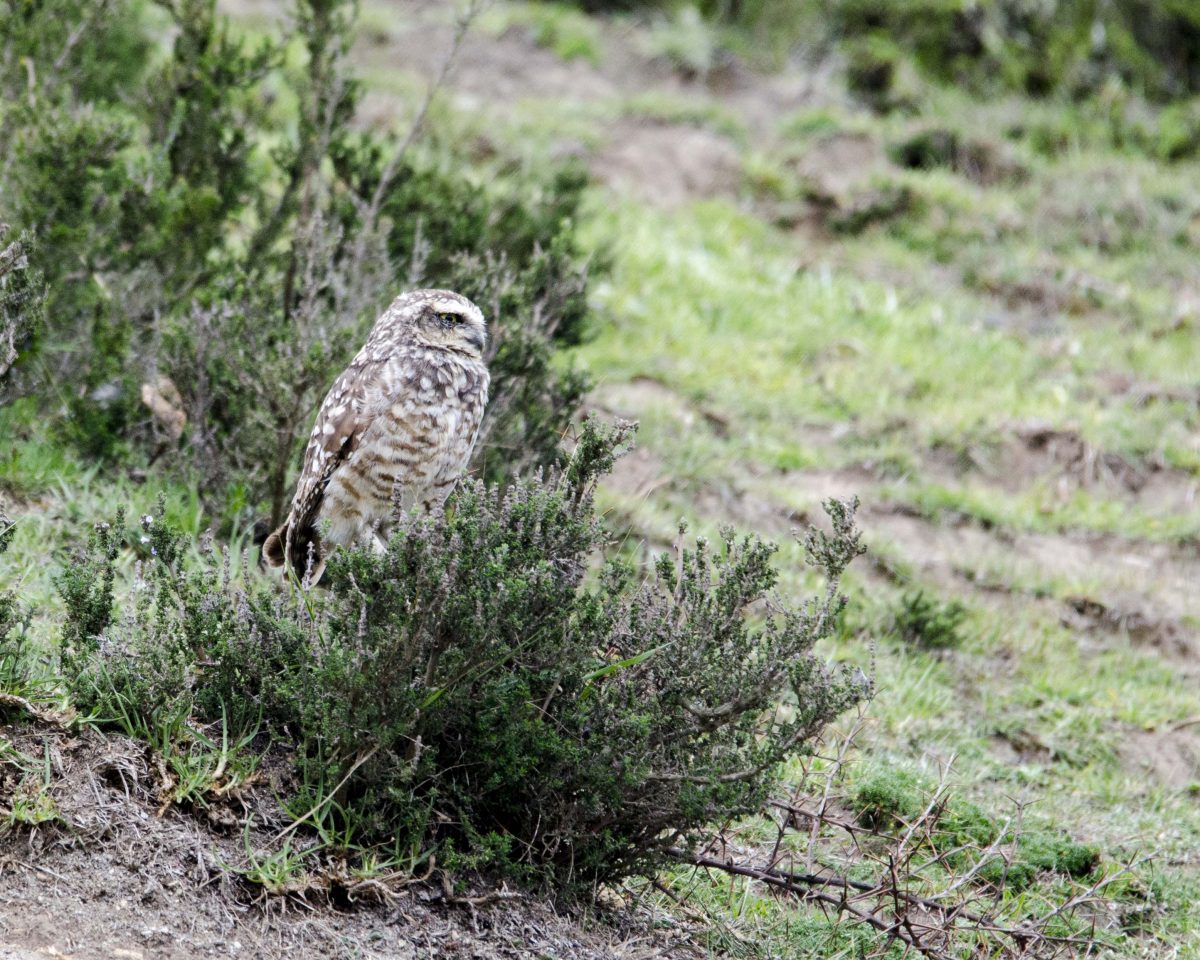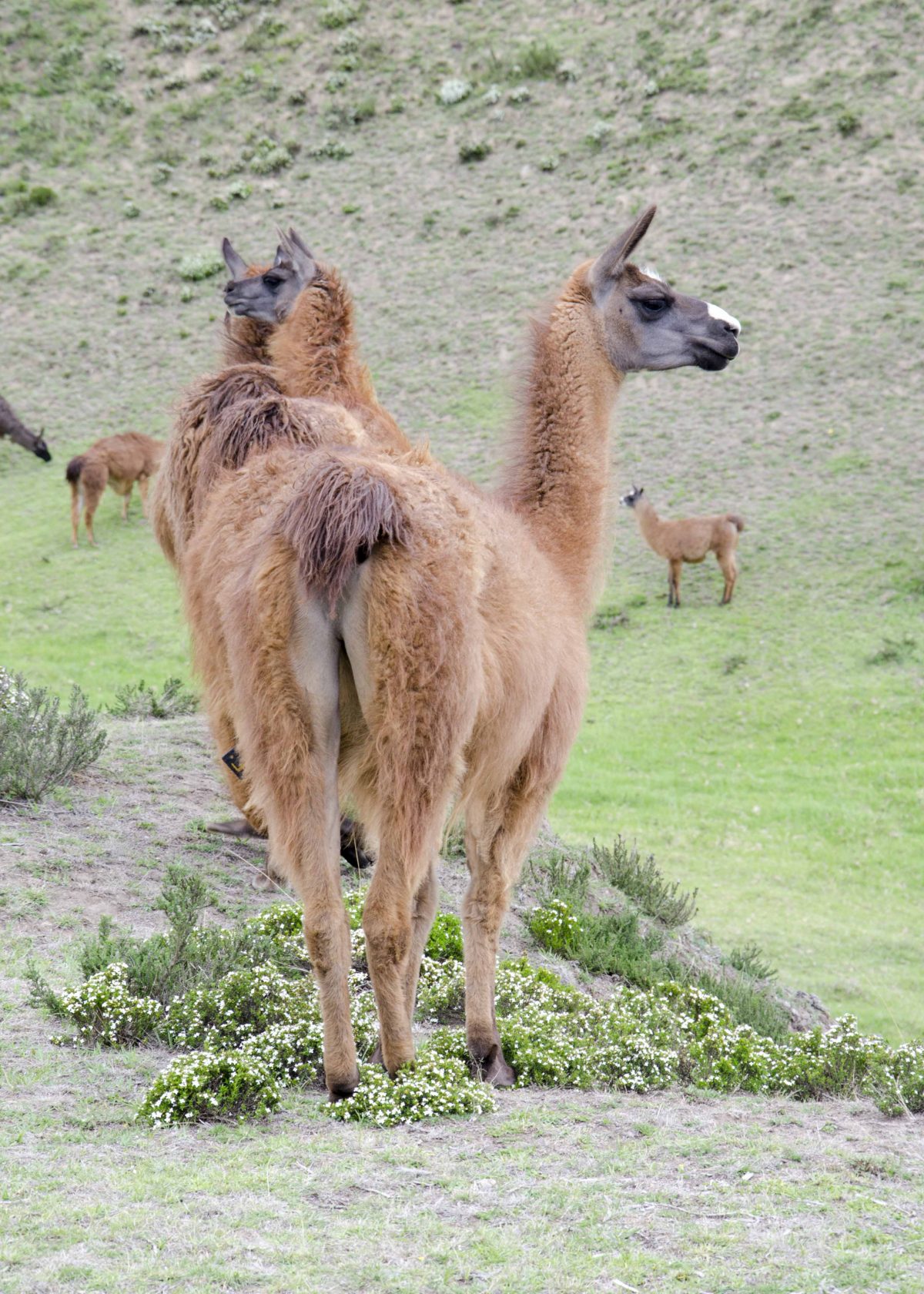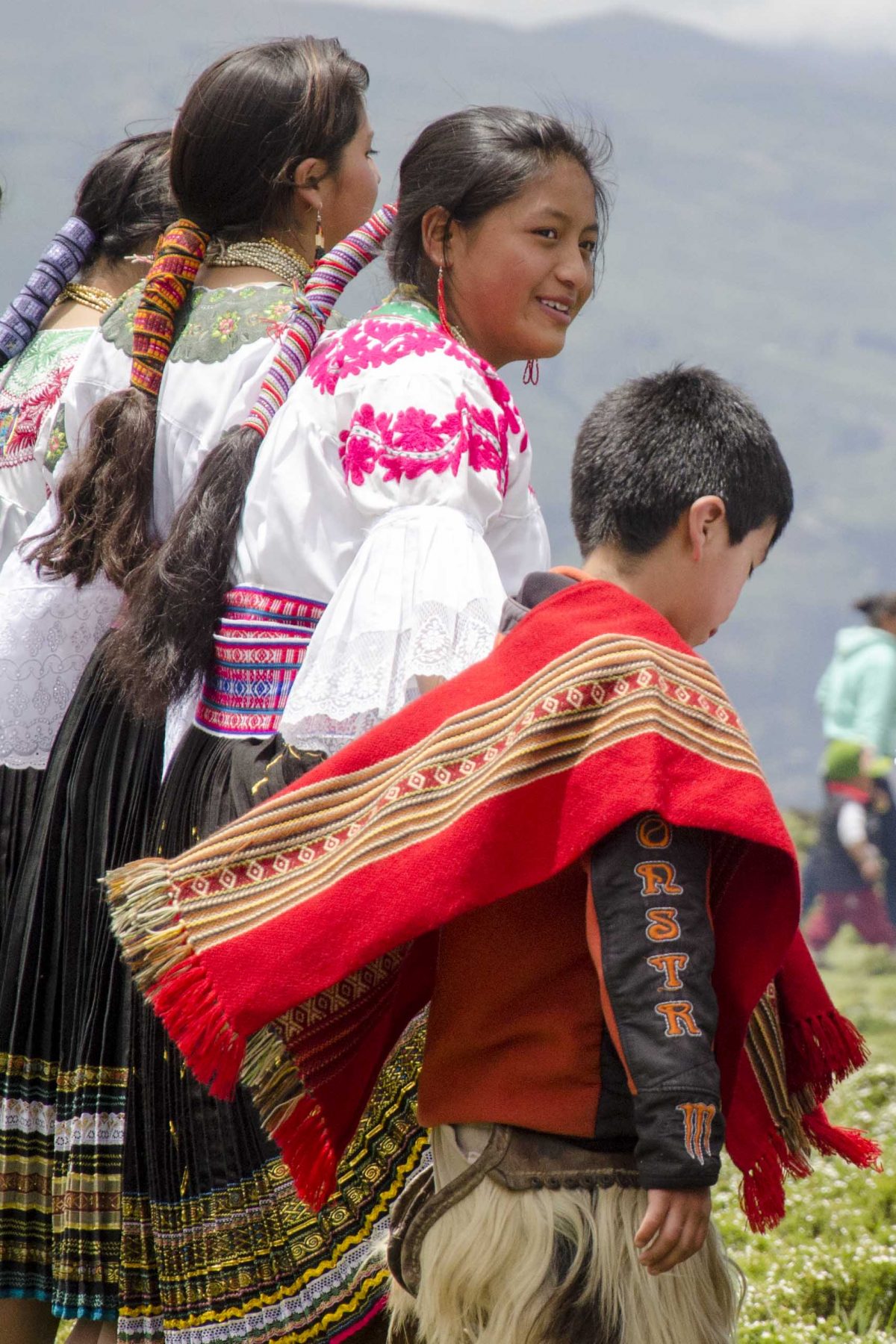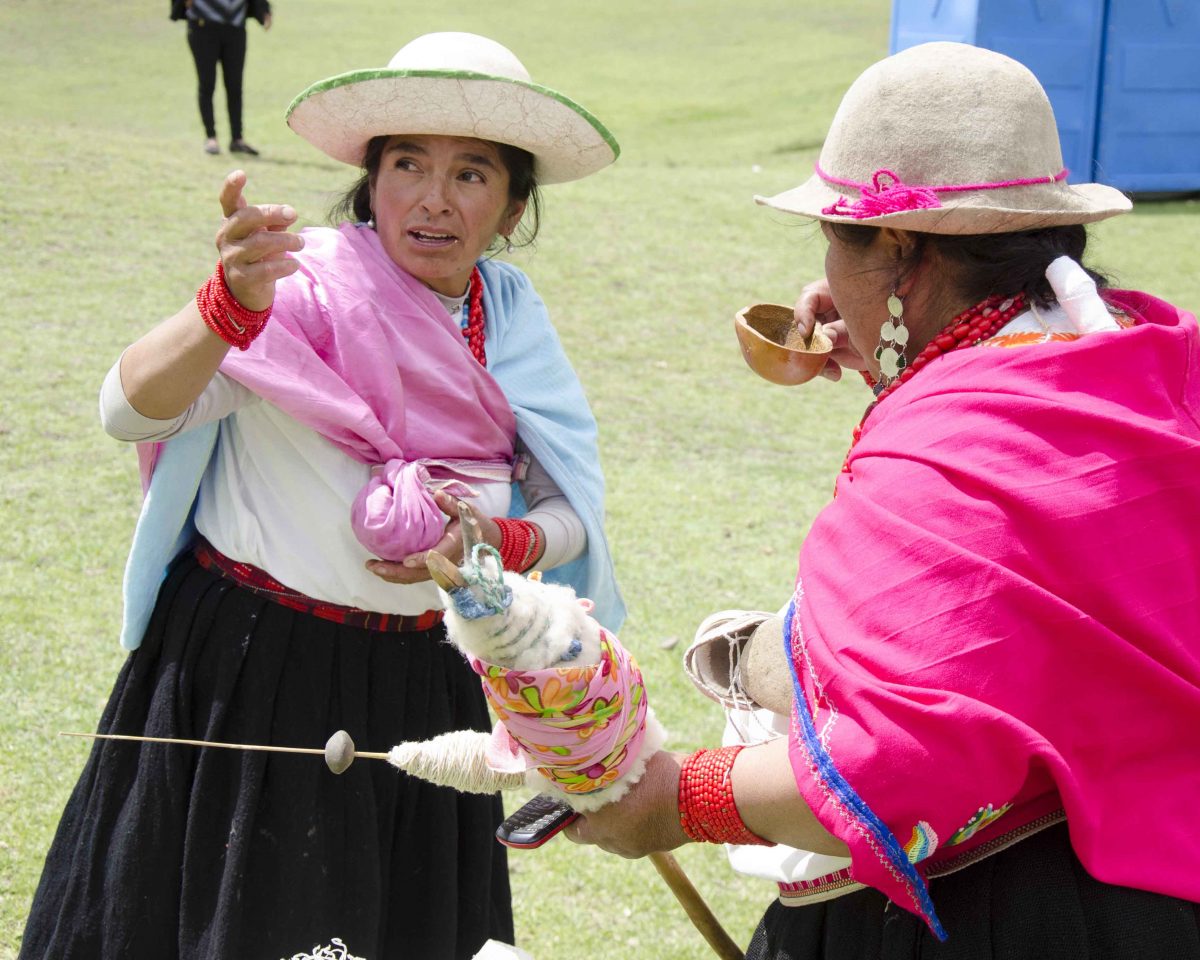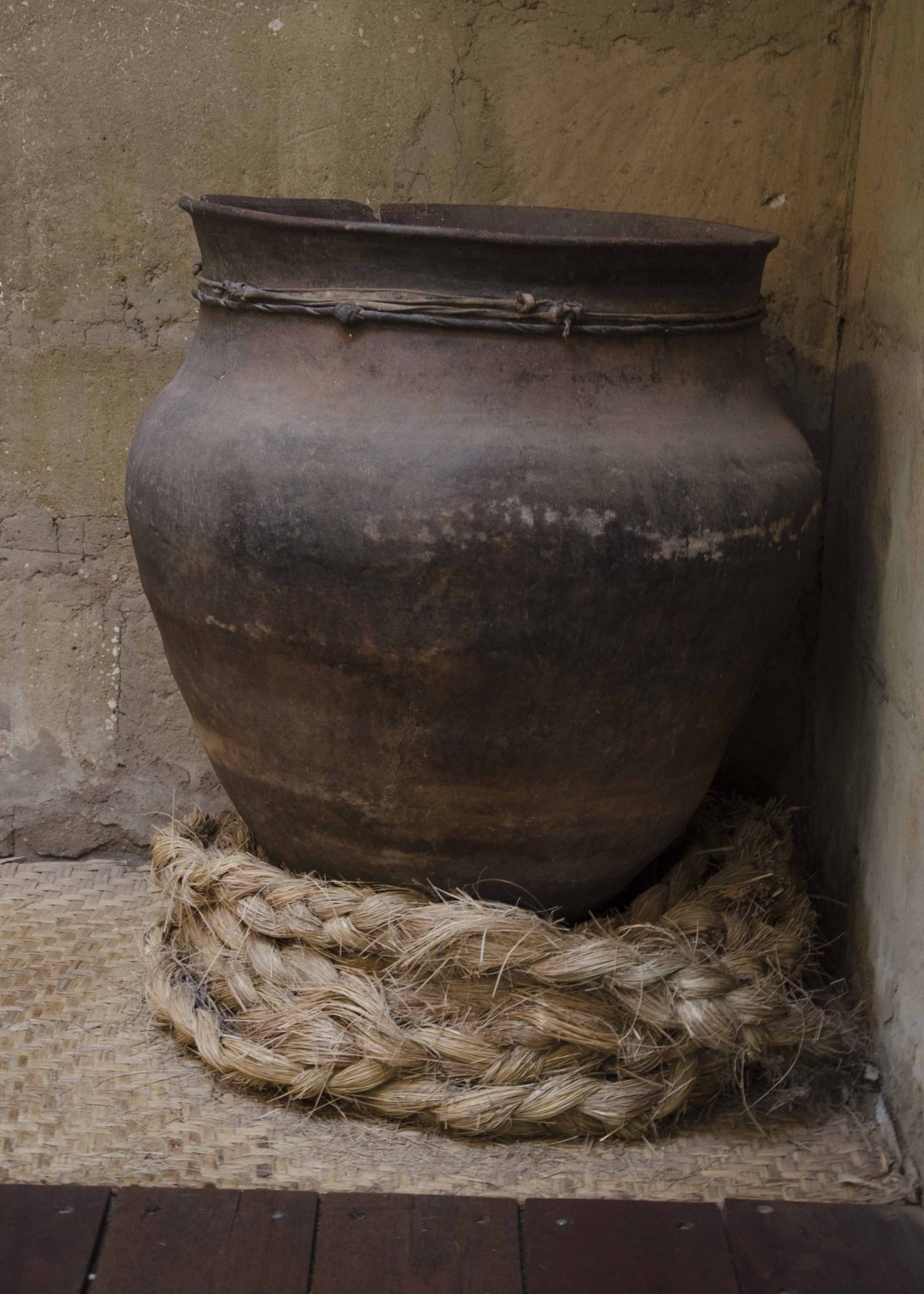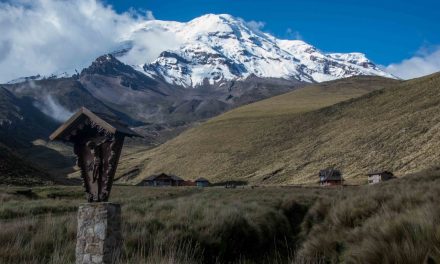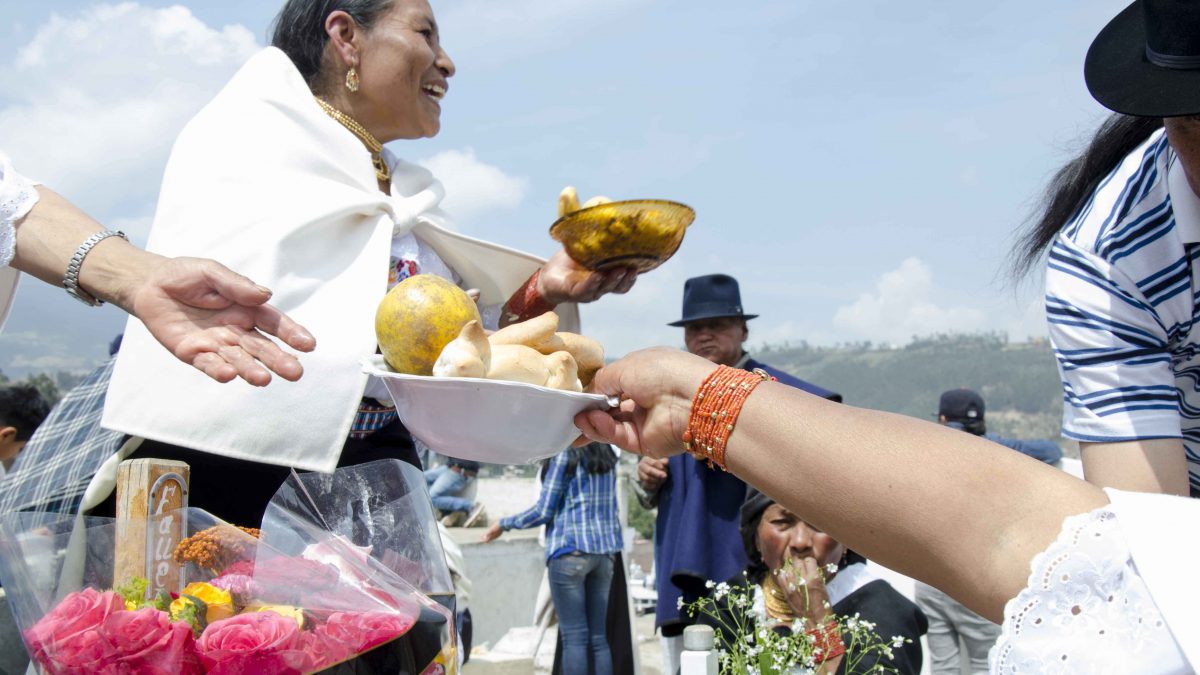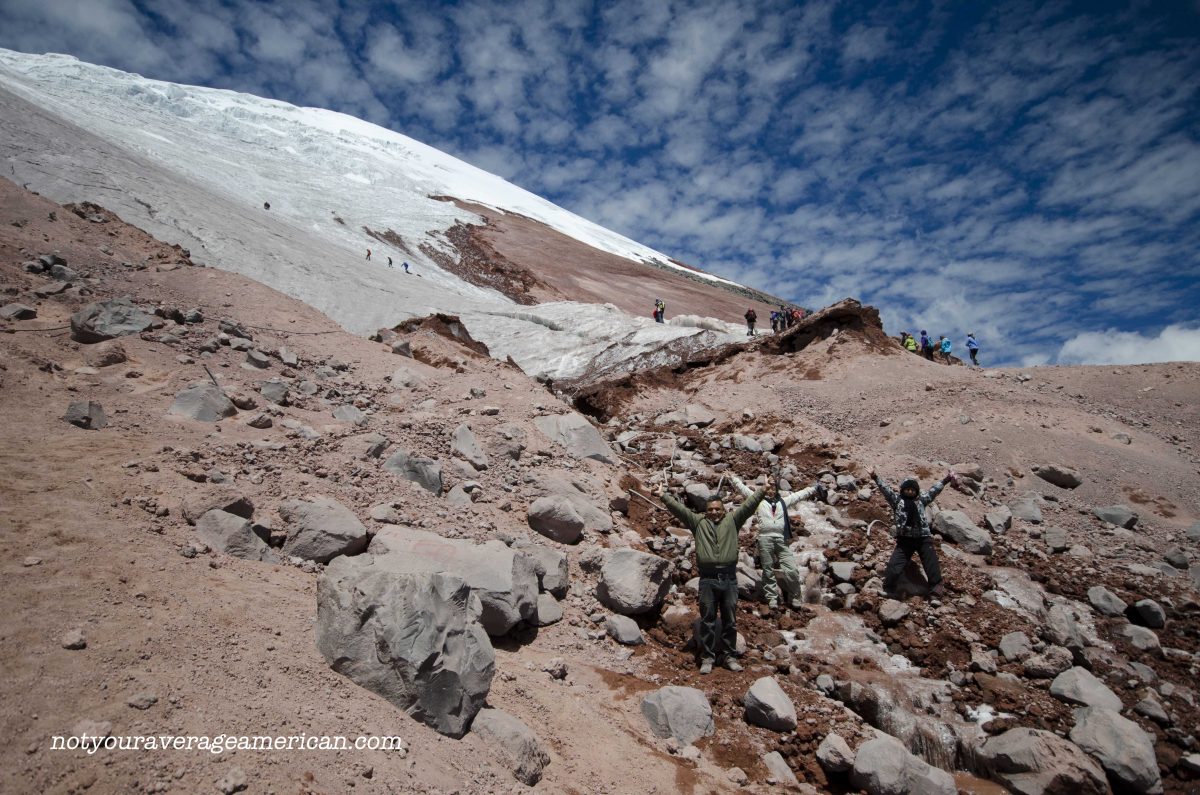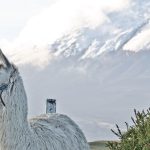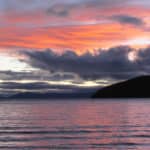Not far from the imaginary line that divides the world in half is an archeology site still waiting to be fully uncovered. The place is Cochasquí. The name is made of two words in the ancient language of the Quitu-Cara:
cocha (water or lake) + qui (half or divide)
Many cultures in Ecuador used the word qui when naming places. It makes me wonder if ancient peoples knew that they lived along the Equator. Cochasquí is a mere breath away at Latitude 0 0 3.14 North.
Archeology at Cochasquí
In 1933 Max Uhle, a well-known German archeologist, conducted partial excavations at Cochasquí. Later in 1964, German archeologist Udo Oberem, with the help of a team of Ecuadorians, furthered the original studies. The archeology team determined that Cochasquí has 15 stair-stepped pyramids, most with connected ramps, and 21 tombs. The edifices date from as far back as 850 BCE to the arrival of the Spanish Colonists in 1550 CE. There are no signs that the Inca ever came to this place.
Today, the majority of the site is still under the cover of earth and grass. There is fear that the main building block of the ancient pyramids, a volcanic rubble formed into adobe blocks called cangahua, would not hold up to the harsh equatorial weather conditions and so further excavations are on hold.
Exploring Cochasquí
Visitors can explore more than 83 hectares of preserved land by hiking a trail that meanders the pyramids and stops at locations where excavations have revealed the stair-stepped sides of one pyramid and the solar and lunar calendars that sit atop it. Each site is protected from the elements by tin roofs.
The altitude of the site, 3100 meters (10,400 feet) also means that from many high points it is easy to see the surrounding countryside. On a clear day, hundreds of mountaintops appear on the skyline. We were able to make out Cerro Puntas and Pichincha fairly easily, even though it was a cloudy day.
Touring Cochasquí with a Guide
On the day we toured Cochasquí, we were required to hike with a guide. Our guide Edwin was very knowledgeable but unfortunately spoke only Spanish. When we asked about the possibility of future visitors requesting an English-speaking guide he said it would be best to bring a translator. We were able to manage that role for one of our guests but we always feel that some of the information is lost in translation.
We shared the trail with dozens of grazing llamas and a few burrowing owls. This place is quiet and serene, set far away from the hustle and bustle of even village life, and few visitors arrive except on certain days that are important to the Andean people. One such holiday is the Andean New Year, Mushak Nina, which takes place near the time of the equinox in March, Pawkar Raymi. For the people of the high Andes, the date marks the beginning of the harvest (remember that the seasons are reversed south of the Equator). Other important dates are the solstices in December, or Kapak Raymi, in June, Inti Raymi, and another equinox in September, Kulla Raymi.
At the end of the hike, Edwin took us to a small museum with a collection of artifacts found on site. It included many pieces of pottery from other pre-Incan Andean cultures. He told us that Cochasquí was likely a center of trade for the greater area.
The museum also includes artifacts of daily use, like large pots and grinding stones. Perhaps the most striking display is the remains of a woman found in situ in one of the tombs. Her skeleton is curled into a fetal position and surrounded by items found with her. She is the only skeleton that remains on site. Others have been removed and can be found in little-known museums in Quito. Our guide suggested visiting the museum at Pontificia Universidad Católica del Ecuador, a well-known university in the city, to see more from this location.
Information For Your Visit to Cochasquí
Cochasquí is open daily from 8:30 am until 4:30 pm. Entrance is $3 for adults, $1 for Ecuadorians, 50 cents for students, and a mere 20 cents for young children and senior citizens. You may also double check their website for updated pricing and entrance hours. The Cochasquí Pyramids are also well-reviewed on TripAdvisor.
A small recreation area lies just uphill from the park itself. There you can either camp or stay in rustic but well-built cabins. Or you can reserve a grill and picnic area for the day.
The recreation area is ideal for hiking or biking up the mountain about 15 kilometers to the nearby Lago Mojanda. The road is not in the best condition for vehicles. However, a daring driver in a 4×4 might be able to make it. We got mixed recommendations from locals in the area.
Archeology Complex Cochasquí
Archeology Complex Cochasquí
First Turn Off Main Highway
The first turn-off traveling the main highway from Quito towards Tabacundo is immediately after the toll-booth.
Second Turn Off Main Highway
The second turn-off traveling the main highway from Quito towards Tabacundo is home to a small shrine to the Virgin Mary.
Information For Your Trip
The road up to Cochasquí is a combination of dirt and cobble. High clearance vehicle is not necessary but advisable, especially after heavy rains. There is rarely food or drink available for purchase, so carry your own supplies for the day.
- Direction by Car, use WAZE and look for Cochasqui Archaeological Park, Ecuador.
- Direction by Public Transportation Your best bet is to take a bus from Quito to Tabacundo. From Tabacundo, your best bet at a timely arrival is to hire a local driver though you can ask about local bus schedules to the town of Cochasqui, a 15-minute walk from the archeology ruins.
This article was originally published in December, 2015. We have done our best to update it with current information. Please confirm entrance fees and operating hours with the destination.

